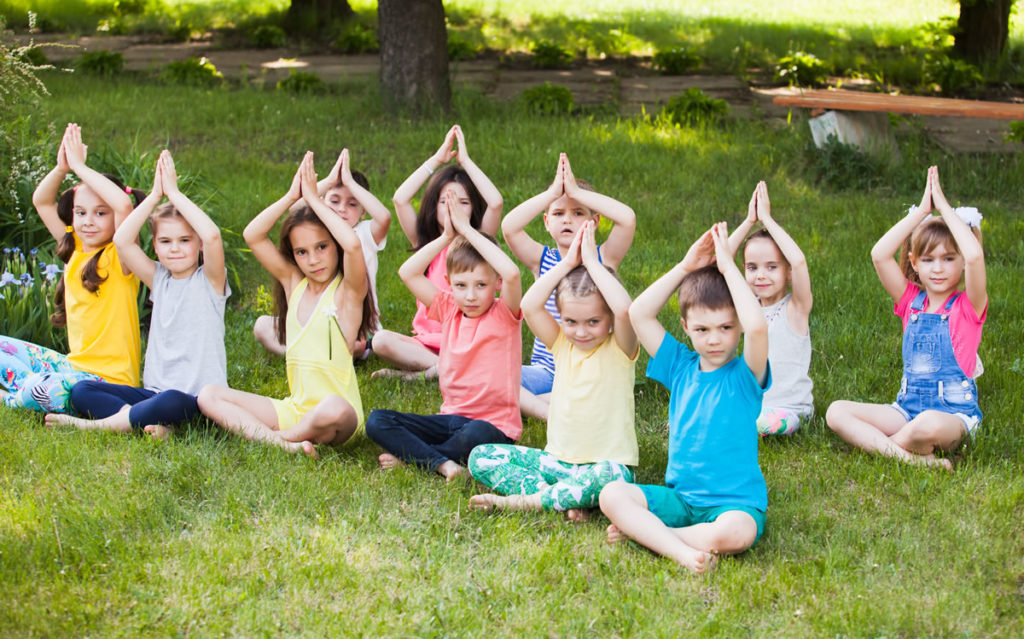There are already several things being learned about neuroeducation, and one of the most significant is how the emotion of a teacher for what he teaches can positively influence the curiosity of students . However, the other way of looking at it is also true, that negative emotions can be transmitted in the same way, generating consequences. From bad emotional experiences with teachers, the student may experience a rejection of learning, for example, which should make us reflect on the importance of working on the control and management of emotions on a personal level.
Let’s see below some more information about what neuroeducation tells us on this topic.
What is the connection between emotion and learning?
The positive emotions associated with key moments of learning contribute to the human being being motivated and learning. In addition, learning is recorded in the memory with positive memories, which also contributes to awakening curiosity and the desire to continue learning. Similarly, negative experiences recorded with specific learning can be counterproductive, since the person will not want to know more about it by stopping their learning. And it is in this way that a neural construction is made. At this point, it is important to note that the fact of teaching ahead of time can cause suffering in a child and, in this way, stop their learning at an early stage in their life without meaning to.
But, fortunately, there are some tools that teachers can learn to take to the classroom and in this way contribute to the massive learning of children without negatively affecting emotions or helping to mitigate those that cannot be stopped. Do you want to know them?
Tools to encourage the desire to learn
- Open up to humor
Laughter and joy in the classroom help children to release stress and, in this way, open up to learning and arouse their curiosity. In addition, good humor allows children to approach learning in a more direct and active way, assuming that school is a place to feel good.
- Encourage sociability
The absence of sociability in an apparently normal child can be related to mental health problems or even to certain physical problems, but not always, and sometimes it is only a matter of lack of tools or valid methods for all types of profiles and personalities. That is why designing activities that are carried out as a team is very positive for children, since it allows them to develop such important life skills as empathy, social cohesion or teamwork, and especially in those children who have shyness problems or low self-esteem.
- Design learning with games
Play has been shown to stimulate learning, as people laugh, share, are in a good mood, and therefore more open to learning new things. In this sense, introducing “active guidelines” at school in which exercise or play is also introduced are infallible techniques to achieve relaxation, to disconnect, and to connect and channel emotions.
- Relaxation
Introducing relaxation in the classroom is key today, and experiences such as the so-called “mindfulness technique” have been shown to improve learning processes and brain plasticity, so they can be very good alternatives.

- Experiment with music
One of the main benefits of music is that it relaxes and improves your mood. That is why it is recommended to use music in difficult learning contexts, such as when we are faced with children with attention deficit problems.











































































































